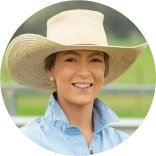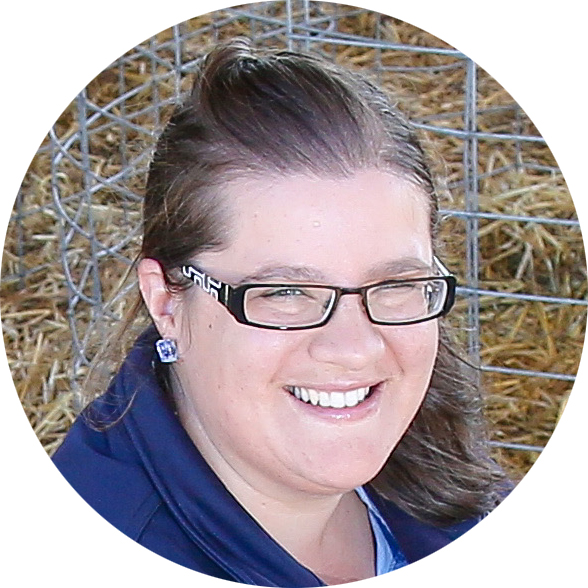Around the region - parasite update
PRODUCTION ADVICE - JUNE 2021 - ANIMAL BIOSECURITY & WELFARE
Eastern district
By Eve Hall
District Veterinarian - Holbrook
M: 0439 078 989 | E: eve.hall@lls.nsw.gov.au
On the sheep front, those approaching lambing are reminded that pregnant ewes are particularly susceptible to worm burdens given the reduction in worm immunity that occurs in late gestation. WormTests will help guide decision-making. The worm egg count (WEC) threshold for pregnant ewes is slightly lower than standard thresholds: single-bearing mobs with WECs of >150 eggs per gram (epg), and multiple-bearing mobs with WECs >50-100 epg generally warrant drenching.
A quick refresher on good-practice drench use:
- WormTest - avoid unnecessary drenching.
- Use effective drenches and multi-active combinations where possible.
- In general, use short-acting drenches and restrict the use of long-actings only for specific purposes.
- If the use of a long-acting is deemed necessary, don’t forget the need for primer and exit drenches.
- Calibrate your drench guns, dose to the heaviest sheep, and follow label instructions.
The good recent seasons have seen cows hold condition well over the summer and many beef producers across the region have been weaning calves a little later than in previous years.
Calves should be strategically drenched at weaning and monitored with WECs every six or so weeks thereafter. WEC monitoring is relatively accurate in younger stock up to about 12-18 months of age. From around two years of age most cattle are expected to have developed some natural immunity to worms. Try to opt for oral or injectable cattle drenches where possible.
Paraboss has a handy annual cattle parasite program guide for both spring and autumn calving herds in this region. Those looking to graze young cattle on winter crops should ensure a clostridial vaccine (pulpy kidney) booster is given a few weeks prior to the transition, and it’s highly worthwhile giving additional boosters every 6-8 weeks while on good lush feed.
 Western district
Western district
By Linda Searle
District Veterinarian - Deniliquin
P: 03 5881 9919 | M: 0427 629 740 | E: linda.searle@lls.nsw.gov.au
Many sheep producers in the west of the Murray region have already started or are just about to start lambing
Ewes should be in good condition and on good feed. This is important to ensure that ewes can cope with the nutritional stresses of late pregnancy, lambing and lactation. It is also a good indicator that the ewes are not being negatively impacted by worms. The most common types of worms we see in our area are scour worms, so poor condition and scouring are the key signs to look out for.
Late pregnant ewes also have a large demand for calcium in their diet. Ewes being supplementary fed grain should be given a lick containing calcium - either a commercial block or a simple home-made lick consisting of salt and lime. Those on lush green feed should also be supplemented with magnesium to prevent grass tetany.